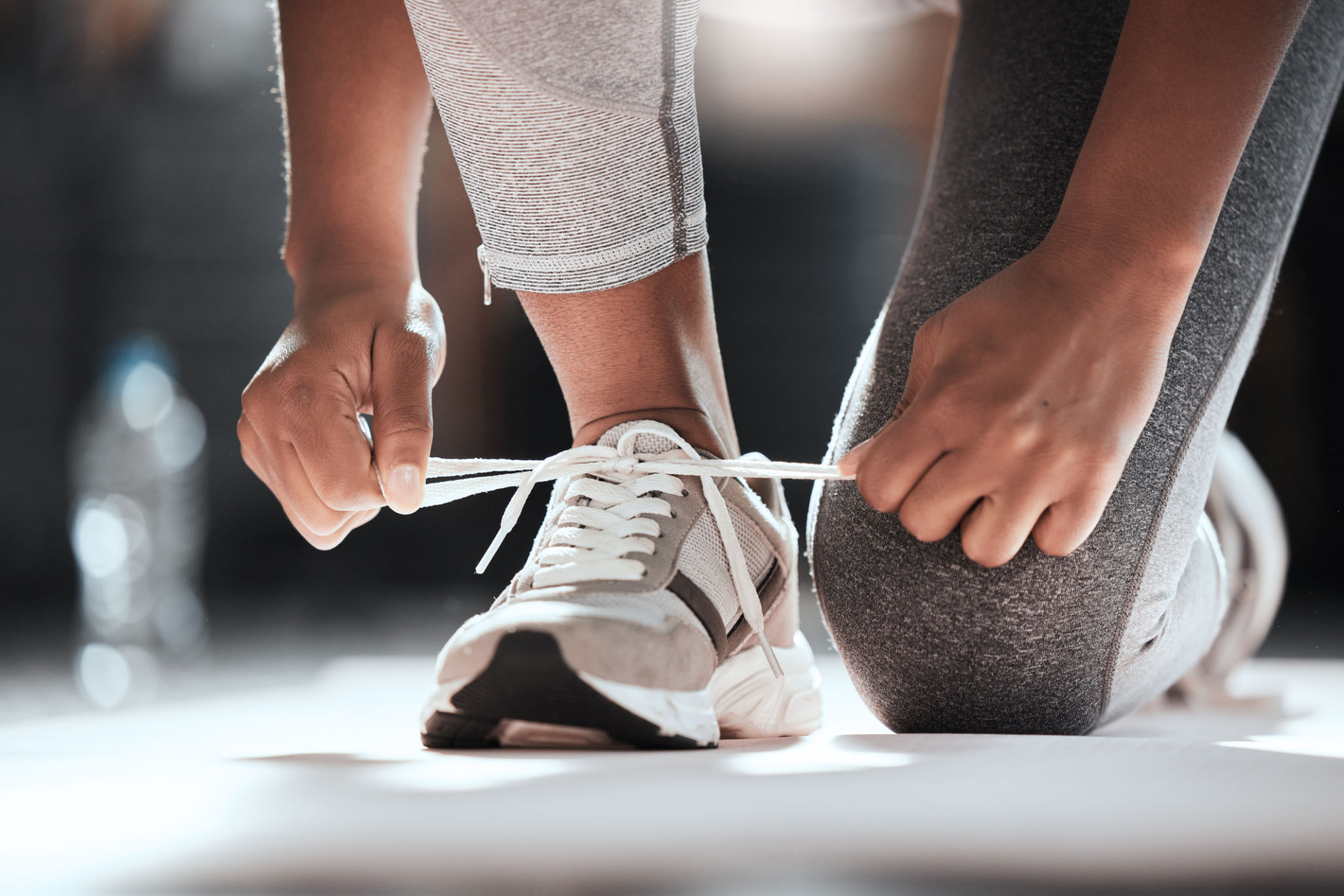Debunking Myths About Cold Plunge: What You Need to Know
Understanding Cold Plunge
The concept of cold plunge bathing has been around for centuries, often associated with health benefits and rejuvenation. However, as with many wellness trends, a host of myths and misconceptions have emerged. In this blog post, we'll explore what cold plunge really entails and debunk some common myths.
A cold plunge typically involves immersing the body in cold water, usually ranging from 50 to 59 degrees Fahrenheit. This practice is believed to offer various health benefits, including improved circulation, reduced inflammation, and enhanced recovery.

Myth 1: Cold Plunge Is Only for Athletes
One prevalent myth is that cold plunges are exclusively beneficial for athletes. While athletes often use cold water immersion for recovery, the benefits extend to anyone looking to boost their overall well-being. Regular cold plunges can help reduce muscle soreness and improve mood, making it a viable option for anyone seeking these benefits.
Moreover, cold plunges can enhance mental resilience by helping individuals adapt to stress, making it a valuable practice for people from all walks of life.
Myth 2: Cold Plunges Are Dangerous
Some people believe that cold plunges pose significant health risks. However, when done correctly, cold plunges are safe for most people. It's crucial to start gradually to allow your body to adjust to the cold temperatures. Newcomers should begin with shorter durations and gradually increase the time as they become more accustomed to the cold.

It's also important to listen to your body. If you experience any discomfort or signs of hypothermia, such as shivering or numbness, it's best to exit the water immediately.
Myth 3: Longer Is Always Better
Another misconception is that longer immersion times yield better results. In reality, the effectiveness of a cold plunge is not solely determined by duration. Short, consistent sessions can be just as beneficial as longer ones. Experts often recommend starting with sessions lasting 1 to 3 minutes and adjusting based on personal comfort and experience.
As with many wellness practices, consistency is key. Regular cold plunges, even if brief, can contribute significantly to overall health and well-being.

Myth 4: Cold Plunges Cure All Ailments
While cold plunges offer numerous benefits, they are not a cure-all. It's important to approach cold plunging as a complementary practice rather than a standalone treatment. It can be a valuable addition to a healthy lifestyle that includes proper nutrition, exercise, and rest.
Always consult with a healthcare professional before starting any new wellness regimen, especially if you have pre-existing health conditions.
The Science Behind Cold Plunges
The science supporting cold plunges centers around their ability to reduce inflammation and stimulate the parasympathetic nervous system. This can lead to improved mood, increased energy levels, and enhanced recovery from physical exertion. By understanding the myths and facts, you can make informed decisions about incorporating cold plunges into your routine.

In summary, cold plunges offer a range of benefits beyond those commonly associated with athletic recovery. By debunking these myths, we hope to provide a clearer understanding of how this practice can be safely and effectively integrated into your wellness routine.
